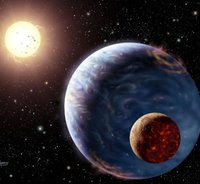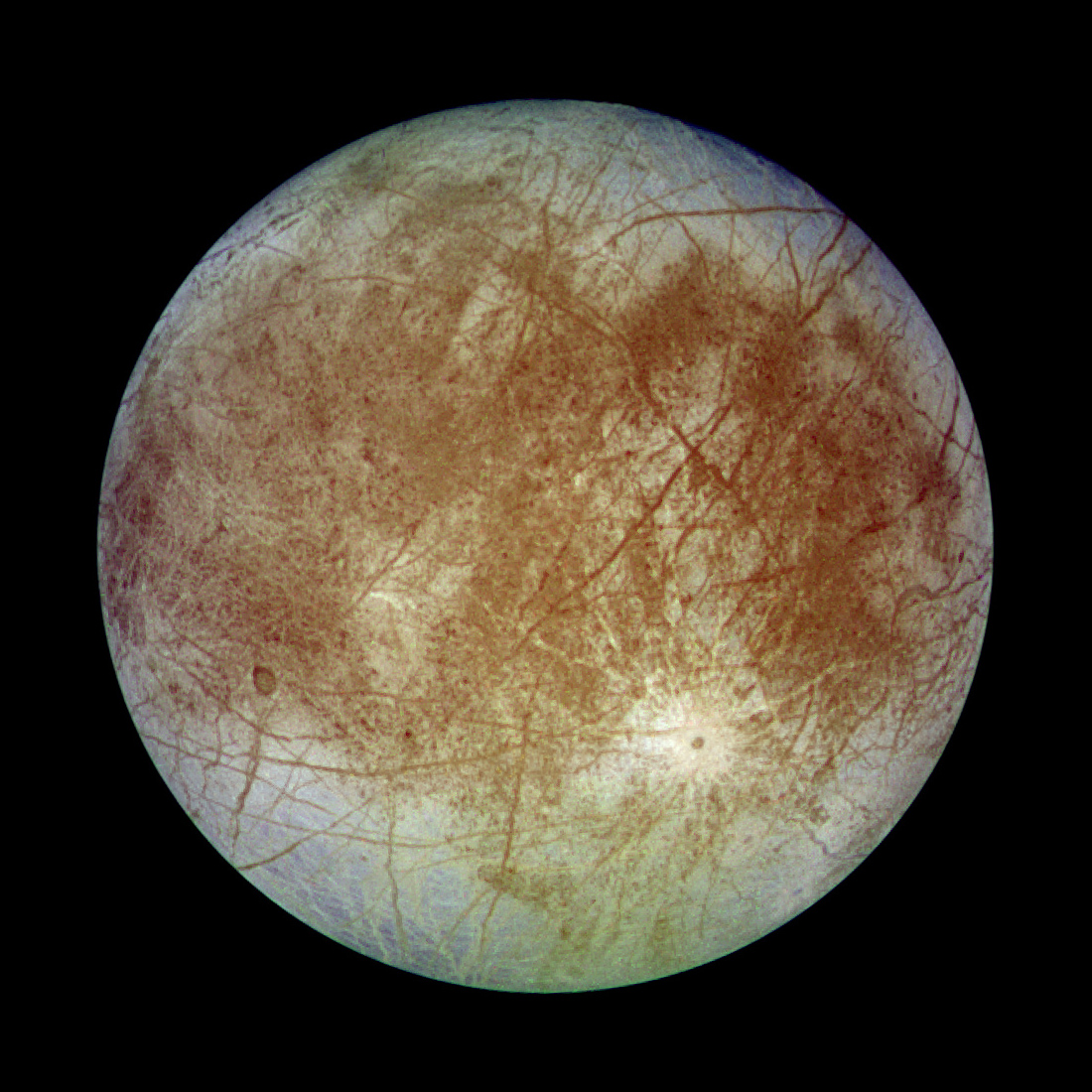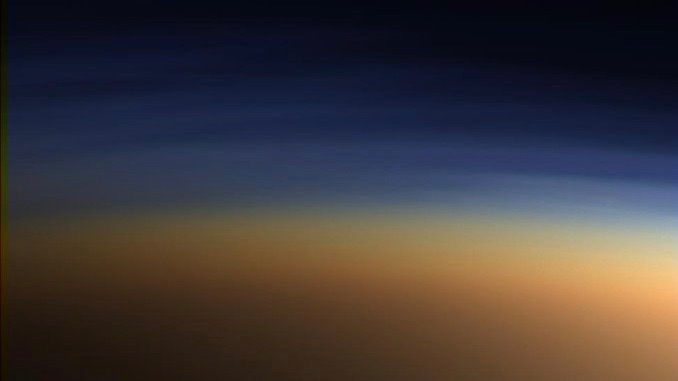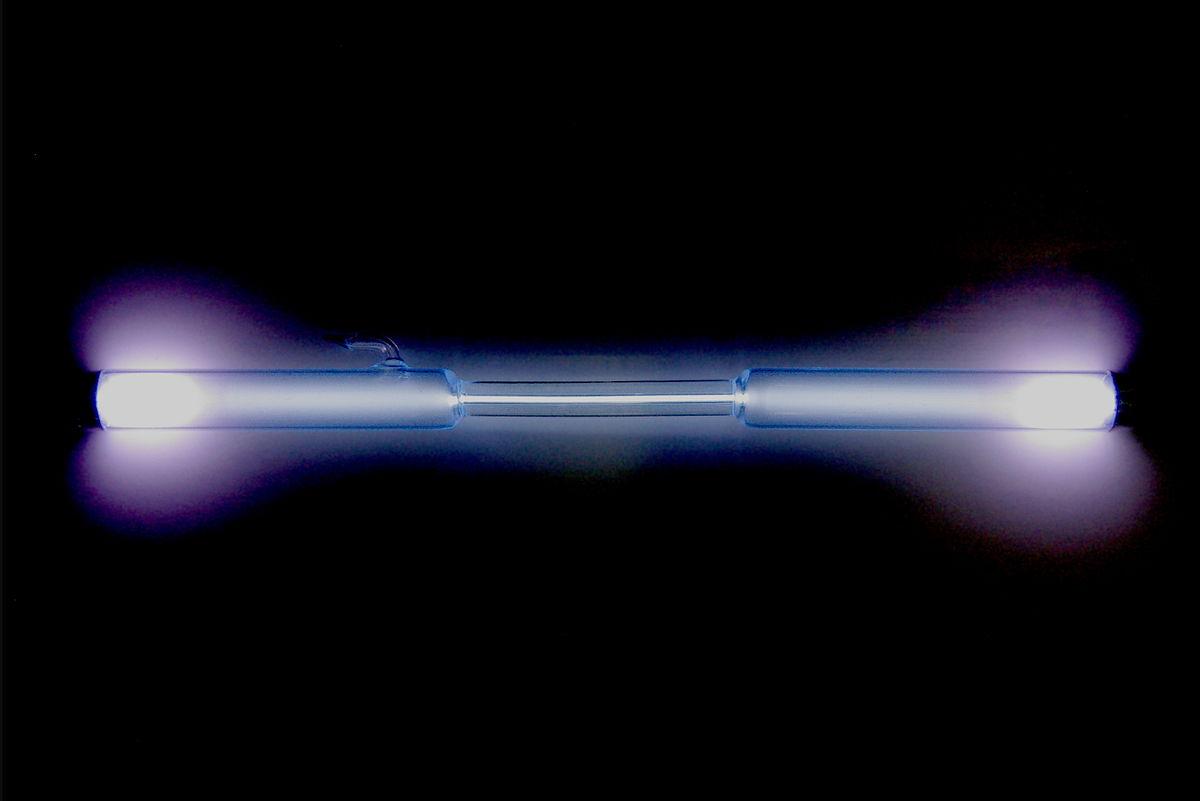
While about 4,000 planets and planet candidates have been found outside the solar system, no moon around an exoplanet (or “exomoon”) has been found so far. New simulations indicate that moons similar in mass to planet Mars exist around the biggest planets outside the solar system, and recent advances in exomoon searching methods suggest that these large moons are observable with current and near-future technology. The detection of these moons would not only provide extremely valuable insights into planet formation and evolution, but could also reveal a recently predicted class of Mars-mass moons in the stellar habitable zones. These moons would be several times as massive as Ganymede, the most massive moon in the solar system, and they could be abundant extrasolar habitats with odd day-night cycles.
 Getting Under Europa’s Skin
Getting Under Europa’s Skin Tracing Formation and Evolution of Outer Solar System Bodies Through Stable Isotopes and Noble Gas Abundances
Tracing Formation and Evolution of Outer Solar System Bodies Through Stable Isotopes and Noble Gas Abundances Photosynthesis, a Planetary Revolution
Photosynthesis, a Planetary Revolution Xenon: King of the Gases
Xenon: King of the Gases